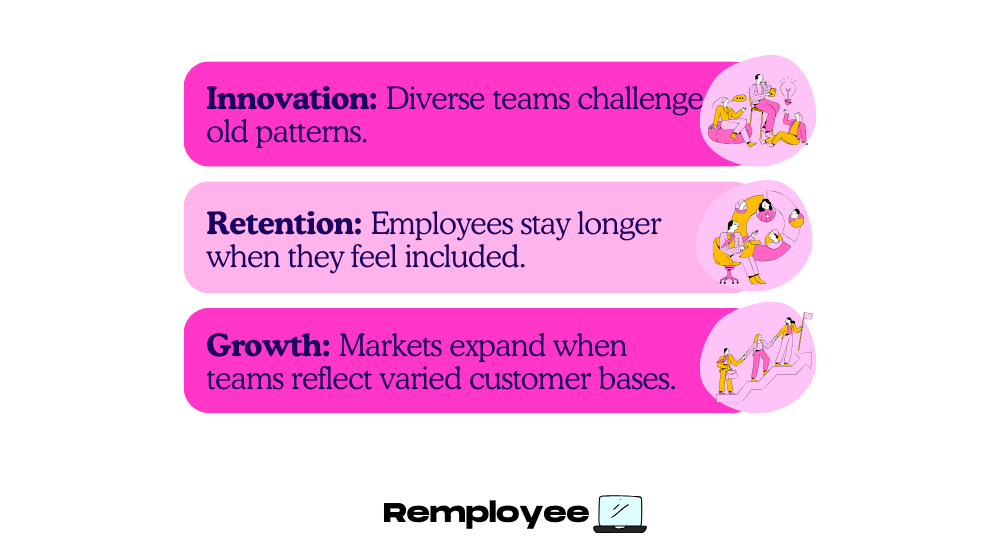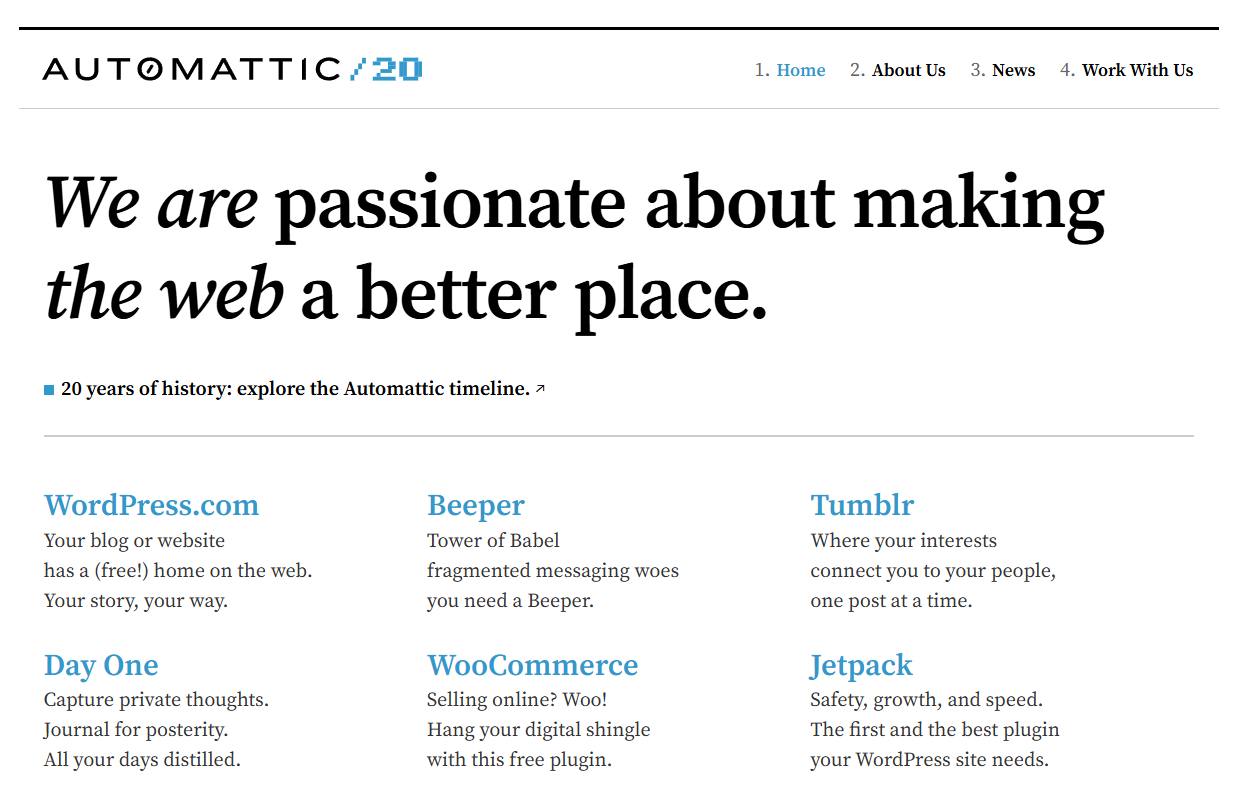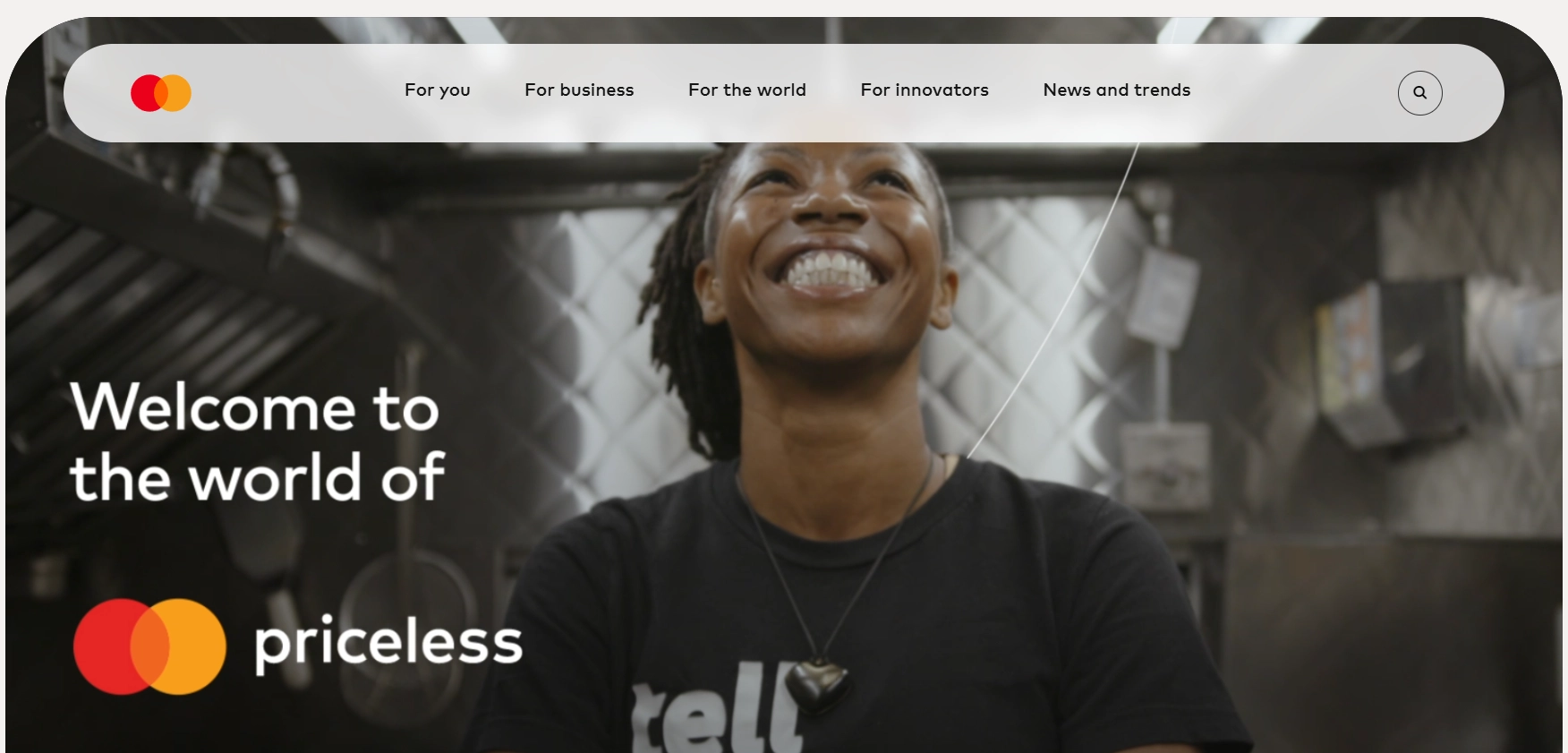Creating a truly inclusive remote workspace takes more than good intentions. A Deloitte survey found that 39% of employees leave their jobs due to a lack of inclusion. That number should make every HR and hiring manager pause.
Obviously, in a remote setup, exclusion is silent. It shows up in overlooked voices during virtual meetings. It creeps in when policies don’t adapt to different needs, further hindering collaboration. And it lingers when growth opportunities are handed unevenly.
The cost? Lost talent, disengaged teams, and cultures that quietly fracture.
But the gain of getting this right is massive—higher retention, stronger collaboration, and employees who feel proud to show up as themselves every day.
In the sections ahead, we’ll define what inclusivity means for remote work, look at why DEI strengthens business outcomes, and share eight clear ways to weave inclusion into your workplace DNA.
What is an inclusive workplace?
An inclusive workplace is one where every employee feels valued, supported, and heard. It’s not about perks—it’s about belonging. For remote teams, inclusion means making sure no one fades into the background of muted microphones and empty Slack channels.
At its core, inclusion is the very act of recognizing different experiences and creating space for them. That means adapting policies to diverse needs, addressing unconscious bias, and making sure that opportunities are distributed fairly.
Equally important is psychological safety. The belief that it’s safe to speak up without fear of judgment. When employees feel secure to share bold ideas, creativity expands, and inclusion translates into measurable business innovation.
Research from McKinsey shows that companies with greater diversity are 35% more likely to outperform their peers. That’s proof that inclusion drives both human impact and business results.
When people feel safe to share ideas and challenge assumptions, creativity rises. When their contributions are recognized, engagement soars. Inclusion, then, is not an extra layer—it’s the foundation for how remote work can thrive.
The Benefits of Diversity, Equity & Inclusion

The benefits of DEI extend far beyond compliance—they directly fuel business performance. A Glassdoor study found that 76% of job seekers consider diversity an important factor when evaluating companies. This shapes employer brand, talent attraction, and retention.
But the value goes deeper. DEI initiatives create balanced teams where a range of perspectives leads to stronger decisions and better problem-solving. They reduce blind spots that homogeneous groups overlook.
The business impact shows up in three powerful ways:
✔️ Innovation: Diverse teams challenge old patterns.
✔️ Retention: Employees stay longer when they feel included.
✔️ Growth: Markets expand when teams reflect varied customer bases.
In remote settings, DEI keeps employees from feeling isolated and ensures everyone has an equal voice in shaping culture. It’s not a “nice to have”—it’s a proven driver of stronger engagement and lasting growth.
Companies That Apply Inclusive Remote Work
Leading organizations worldwide have transformed remote work into powerful inclusion infrastructure through systematic approaches and measurable outcomes.
GitLab

GitLab operates as one of the world’s largest all-remote companies with their ARISE framework (Accessibility, Representation, Inclusion, Support, and Equity). Their practices include asynchronous-first communication, location-agnostic compensation, and comprehensive accessibility guidelines. They achieved a 78% overall engagement score, 7% higher than New Tech peer groups.
Automattic

Automattic employs 1,940+ people across 95 countries speaking 120+ languages, representing unmatched global diversity. Their approach includes plain language communication standards, comprehensive accessibility integration, and Automattic Resource Groups (ARGs) supporting LGBTQIA+, Black communities, parents, and neurodivergent employees.
Mastercard

Mastercard achieved #1 on DiversityInc’s 2023 Top 50 Companies for Diversity. Their “Work From Elsewhere” program allows employees to work from anywhere for up to 4 weeks annually, while geographic location doesn’t impact career advancement opportunities.
1. Build a Fair Remote Work Policy
A fair remote work policy sets the foundation for inclusion. It defines how employees access opportunities, how performance is measured, and how flexibility is offered. Without clarity, bias creeps in, and employees may feel treated unequally.
Early on, when I faced this in my own team, I realized some colleagues had more visibility simply because they lived closer to headquarters. To fix this, I had to strive to devise a policy that standardized performance metrics, set equal communication expectations, and offered flexibility in working hours. The result was immediate—morale improved, and collaboration became smoother.
A fair policy should:
- Clarify expectations and workloads
- Ensure equal access to resources and training
- Define transparent performance metrics
- Allow flexible yet structured working hours
By committing to fairness in policy, organizations remove ambiguity. Remote employees gain trust in leadership, knowing that opportunities and evaluations are based on merit—not proximity or bias.
Use Remployee’s Remote Work Policy Generator 👈🏽
2. Use Tools That Support Inclusion
Technology either closes gaps or makes them worse. The crux of the matter is that the right tools give remote employees a fair shot to connect, collaborate, and contribute.
For example, Otter simplifies accessibility by auto-transcribing meetings. No one is left behind due to audio issues or language barriers. Slack integrations can translate messages, and project platforms like Trello or Asana allow visibility into tasks for all team members, not just those who speak up first.
The key is to adopt tools that amplify voices instead of drowning them out. Ask employees which platforms help them feel included. Treat tech decisions as people decisions. Because when software enables transparency and understanding, it becomes more than a productivity booster—it becomes an inclusion driver.
3. Give Everyone Equal Chances to Grow
Career growth should not depend on physical presence. In remote teams, promotions and training often lean toward those who speak up most or are more visible to managers. This creates inequity and weakens trust.
A transparent growth framework changes that. Managers should map clear criteria for promotions and make training opportunities widely available. Regular check-ins and mentorship programs also help uncover hidden talent.
Here’s a quick comparison:
By setting equal growth chances, organizations tell remote employees their careers matter. This not only reduces turnover but also sparks ambition. People perform better when they see a clear, fair path ahead of them.
4. Make Flexibility a Priority
Flexibility is no longer a perk—it’s an expectation. Remote employees often juggle family, health, and different time zones. When organizations impose rigid schedules, they unintentionally exclude those who can’t fit the mold.
In my experience managing a remote team, we initially had fixed daily check-ins. Over time, parents and international employees struggled to keep up.
Suddenly, we realized this was far trickier than expected and eagerly shifted our approach. We replaced daily syncs with weekly alignment and asynchronous updates. The change boosted productivity while reducing stress.
Flexibility works best when paired with accountability. For example:
- Allow employees to choose working hours within a set framework
- Encourage asynchronous communication for updates
- Focus on results, not time spent online
By prioritizing flexibility, companies foster loyalty and reduce burnout. Employees feel empowered to design their best work rhythm while still meeting shared goals.
This approach also helps prevent remote work fatigue, which can silently erode team engagement over time. That balance is the true engine of sustainable performance in remote work.
5. Focus on Diverse Hiring
Inclusive workplaces begin with hiring. If candidate pools lack diversity, long-term equity goals crumble. Remote work gives companies access to talent everywhere, yet some still hire from the same limited networks.
Expanding outreach to different geographies, job boards, and communities widens access to underrepresented talent.
To build diverse hiring pipelines, seemingly competent organizations should:
- Write gender-neutral job descriptions
- Partner with organizations supporting underrepresented groups
- Advertise jobs on inclusive platforms
- Standardize interview questions to reduce bias
This approach naturally creates more opportunities, including work from home jobs for moms returning to the workforce or seeking flexible career paths.
By committing to diverse hiring, remote companies not only gain broader perspectives but also signal that they value fairness from the very start of the employee journey. That reputation attracts talent who seek inclusive environments.
6. Make Onboarding Inclusive From Day One
Onboarding sets the tone for how employees experience your culture. In remote setups, it decides if someone feels connected or isolated. A structured and inclusive process ensures no one gets lost in the transition.
Creating onboarding checklists that include cultural introductions, buddy systems, and clear guides for tools and workflows helps cement the importance of inclusion from the start. In turn, pairing new hires with peers from different backgrounds builds early bonds.
For example, when I redesigned my team’s onboarding, I added a peer buddy system and a shared Q&A channel. The result: new hires asked questions freely, built confidence faster, and felt part of the team from week one.
Inclusive onboarding signals to employees that they matter from day one—and that sense of belonging carries forward into how they work, share, and grow.
7. Celebrate Everyone’s Achievements
Recognition is one of the simplest, most overlooked ways to create inclusion. In remote settings, silence often replaces applause. That silence breeds disengagement—and this goes for everyone.
Here’s a quick comparison:
As a manager, I once started a monthly “team wins” round-up. We highlighted big and small successes—client feedback, creative problem-solving, even support behind the scenes. The shift was dramatic. People felt seen. Collaboration improved.
Beyond recognition, incorporating regular virtual team building ideas helped strengthen these connections even further. When achievements are celebrated openly, inclusion becomes culture.
8. Keep Communication Open
Open communication is the backbone of inclusive remote teams. Without it, misunderstandings multiply, and employees may feel left out of crucial decisions. Building an open channel means more than frequent updates—it means creating space for every voice to be heard.
A 2024 Gartner report found that employees who feel their opinion counts are 4.6 times more likely to feel empowered to perform at their best. That makes communication a far-from-insignificant productivity driver, on the contrary to just being a cultural value.
Practical ways to strengthen openness:
- Hold regular feedback sessions
- Rotate who leads meetings to balance voices
- Encourage anonymous input for sensitive topics
Openness works when leaders listen and act on feedback. When employees trust that their input matters, they contribute more freely, collaborate better, and feel part of the team—no matter the distance.
Wrap Up
Inclusion in remote work forms the foundation that keeps teams strong and connected. Fair policies, diverse hiring, equal growth opportunities, and open communication create an environment where people feel respected and supported.
Recognition adds momentum, reminding employees their contributions matter. When individuals feel valued, performance rises naturally.
Inclusion turns remote teams into places where people thrive, share ideas freely, and stay engaged. By committing to inclusive practices, organizations build workplaces that inspire loyalty, spark innovation, and unlock the best in every person.
Ben doesn’t buy into “the way it’s always been done.” He’s spent his career challenging hiring norms and rethinking how remote work should feel. At Remployee, he helps create honest tools and opportunities for people tired of the gig economy’s empty promises.



